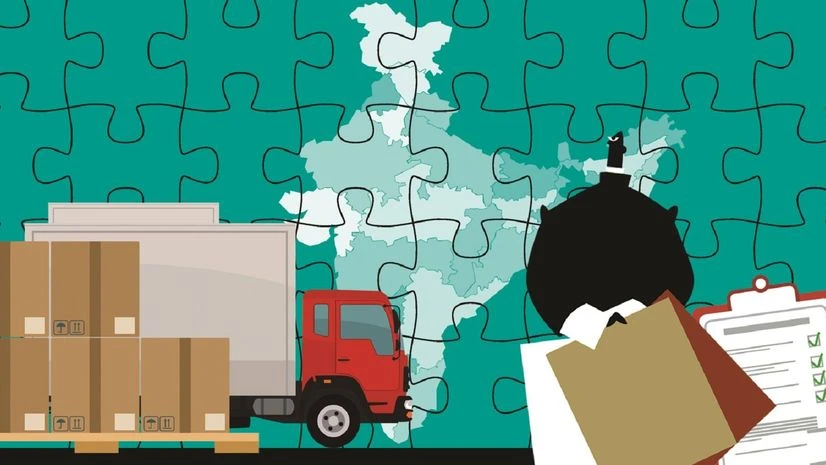The shift from value-added tax (VAT) to goods and services tax (GST) has sparked discussions about how different states perform in terms of revenue. Under the previous tax system, states earned revenue from inter-state transactions based on where goods were produced. With GST, however, taxes are collected based on where goods are consumed. This change means that more revenue is directed to consuming states rather than producing ones. As a result, there are ongoing debates about how this transition affects state budgets and financial health. Assessing state integration under GST remains a crucial topic as policymakers seek to balance equity and revenues across various regions.
Headline: Understanding State Integration Under GST: An Analysis
As India progresses with its taxation framework, the shift from the old value-added tax (VAT) system to the goods and services tax (GST) has sparked lively discussions about how revenue is distributed among states. The transition to GST transformed how tax revenue is allocated by changing the focus from a source-based approach to a destination-based system. Previously, when goods were sold between states, the exporting state collected the taxes. However, under GST, the revenue is channeled to the state where the goods are consumed.
This significant shift aims to ensure that the states where consumption occurs receive the tax benefits, potentially empowering consumer-rich states more than production-centric states. Nonetheless, this has led to concerns regarding how various states are faring in terms of revenue generation under the new system. As discussions around the effectiveness of GST and state financial health continue, it is essential to delve into how this taxation model impacts individual state revenues and their economic growth.
The intricacies of state integration under GST highlight the ongoing evolution of India’s tax landscape and its implications for regional economies. As policymakers seek to refine this system, understanding these dynamics will be paramount for fostering equitable growth across states.
Last Updated: September 27, 2024, 12:29 AM IST
Image Source: Business Standard
-
What is state-level integration under GST?
State-level integration under GST means that the Goods and Services Tax system is set up to bring together different states’ taxes into one system, making it easier for businesses to operate across state lines. -
How has the integration under GST changed after Covid-19?
After Covid-19, the integration has shown some improvement, helping businesses recover by simplifying tax processes and making it easier for them to comply with tax regulations. -
What are the benefits of this integration for businesses?
The main benefits for businesses include reduced paperwork, easier tax compliance, and the ability to function better across different states without facing many tax barriers. -
Are there still challenges faced by businesses after the integration?
Yes, there are still challenges such as some technical issues with the GST system and varying state regulations that can create confusion for businesses. - What do experts say about the future of state-level integration under GST?
Experts believe that with continued improvements and support from the government, state-level integration under GST can lead to better business growth and a more efficient tax system over time.
)





